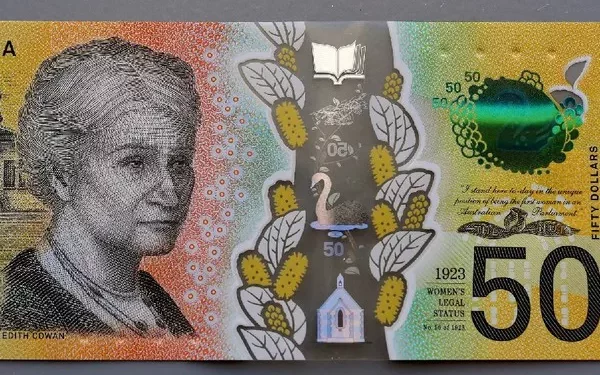The Australian Dollar (AUD) continued its upward trend against the US Dollar (USD) for the second consecutive session on Wednesday, buoyed by the Reserve Bank of Australia‘s (RBA) recent monetary policy stance. The central bank opted to maintain the Official Cash Rate (OCR) at 4.35%, marking the sixth consecutive meeting without a change.
RBA Governor Michele Bullock underscored concerns regarding the prolonged timeline for inflation to return to the targeted 2-3% range, indicating that higher interest rates might be necessary for an extended period. She emphasized that a near-term rate cut does not align with the current policy strategy.
However, despite these hawkish signals, the outlook for another RBA rate hike was tempered by second-quarter inflation data, which has led markets to anticipate a potential rate cut as early as November, ahead of previous expectations for April next year.
The AUD/USD pair is expected to further strengthen as the US Dollar faces pressure from expectations of aggressive rate cuts starting in September, following weaker-than-expected US employment data in July that raised concerns about a potential recession in the US economy.
In other market movements, China’s Trade Balance for July showed a surplus of 84.65 billion, falling short of expectations, which could impact the Australian market given the close trade ties between the two countries. Meanwhile, the AiG Australian Industry Index improved slightly in July, albeit indicating ongoing contraction in the sector.
Looking at technical analysis, the AUD/USD pair traded around 0.6540 on Wednesday, with the daily chart suggesting a break above a descending channel, signaling a potential shift in bearish momentum. The 14-day Relative Strength Index (RSI) rising from oversold levels supports the possibility of further upward movement.
Immediate support for the AUD/USD pair is seen around 0.6490, corresponding to the upper boundary of the previously mentioned descending channel. On the upside, resistance lies at the nine-day Exponential Moving Average (EMA) of 0.6540, with a breakout above 0.6575 potentially pushing the pair towards higher resistance levels, including a six-month high around 0.6798.
The Australian Dollar’s current strength reflects evolving market sentiment influenced by central bank policies and economic indicators, particularly in relation to US economic conditions and Chinese trade dynamics.
Related Topics:

























